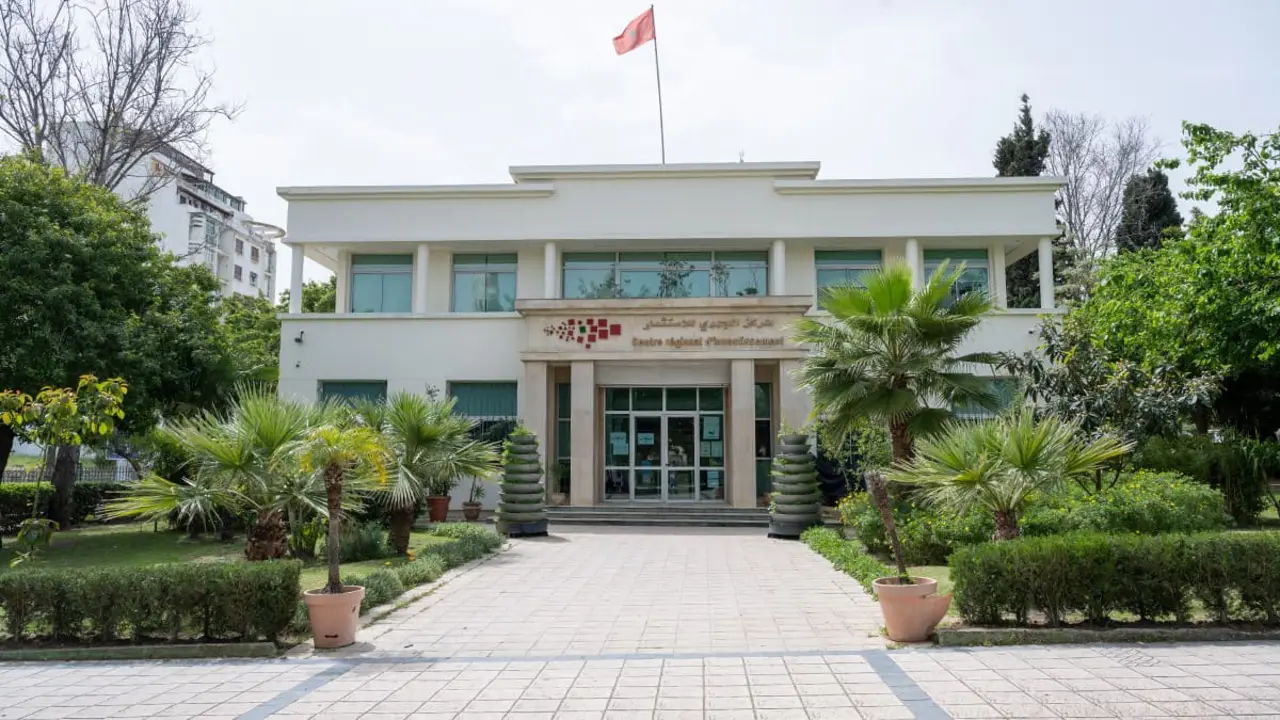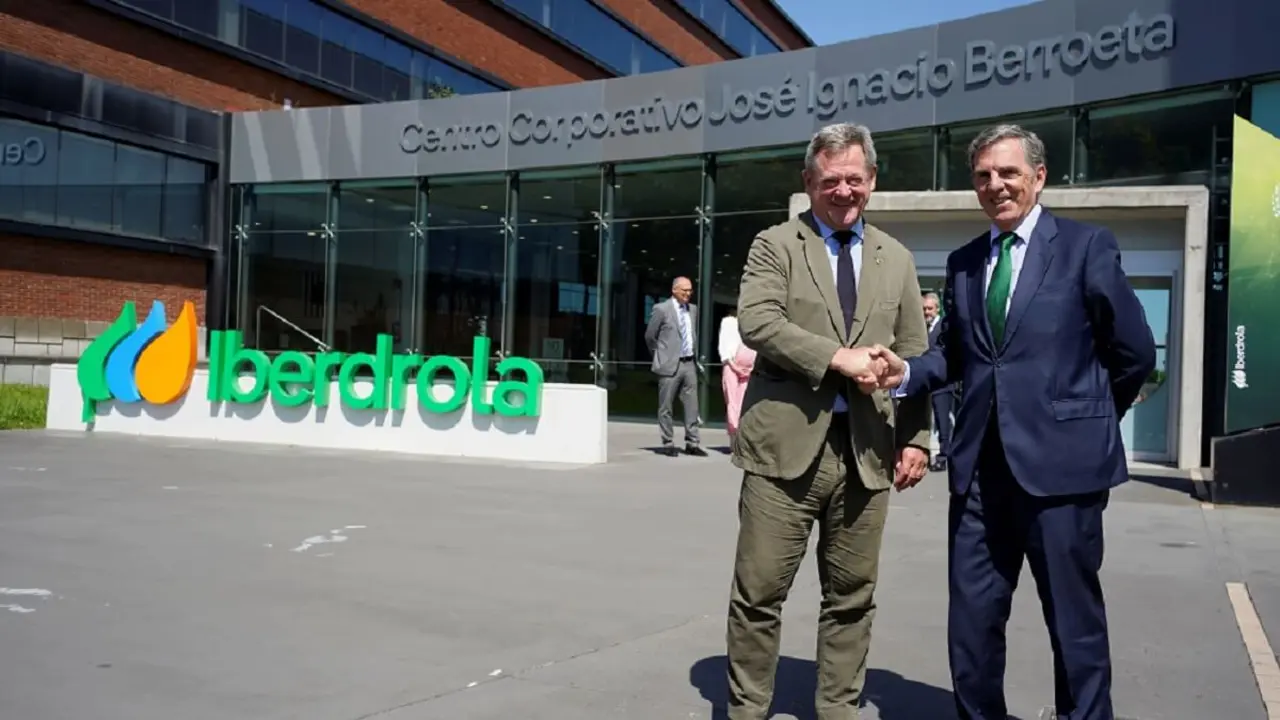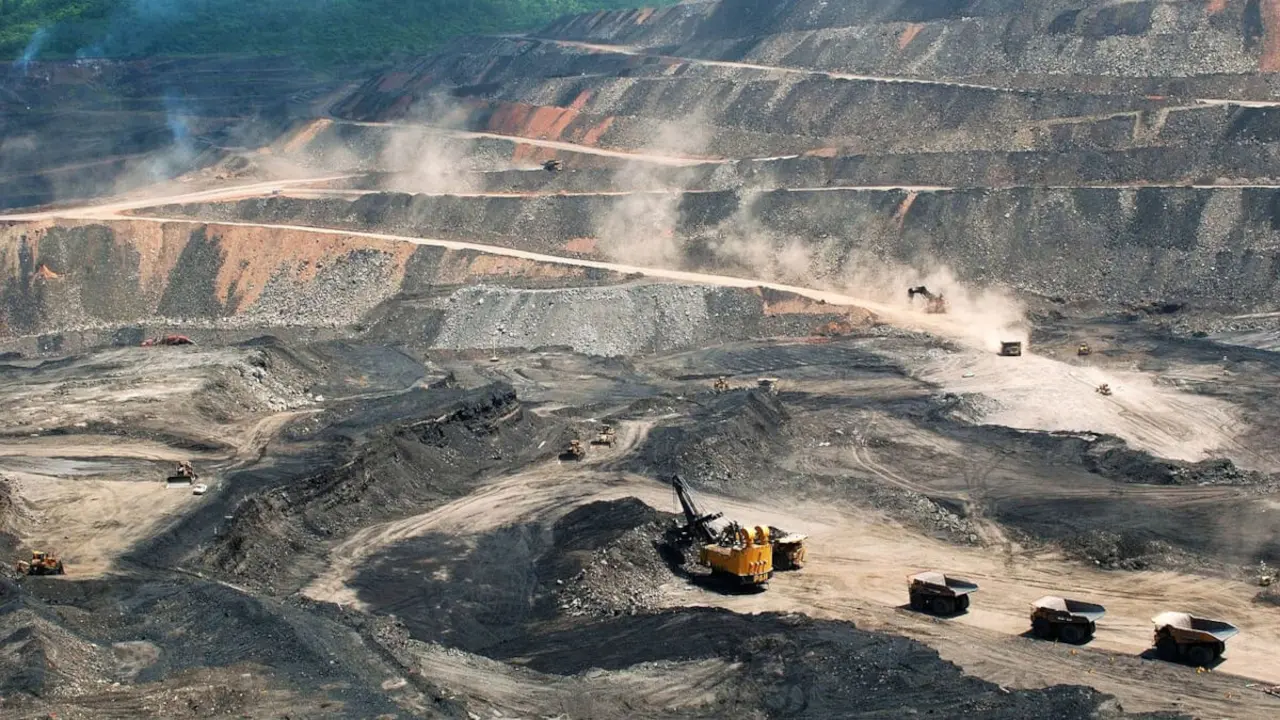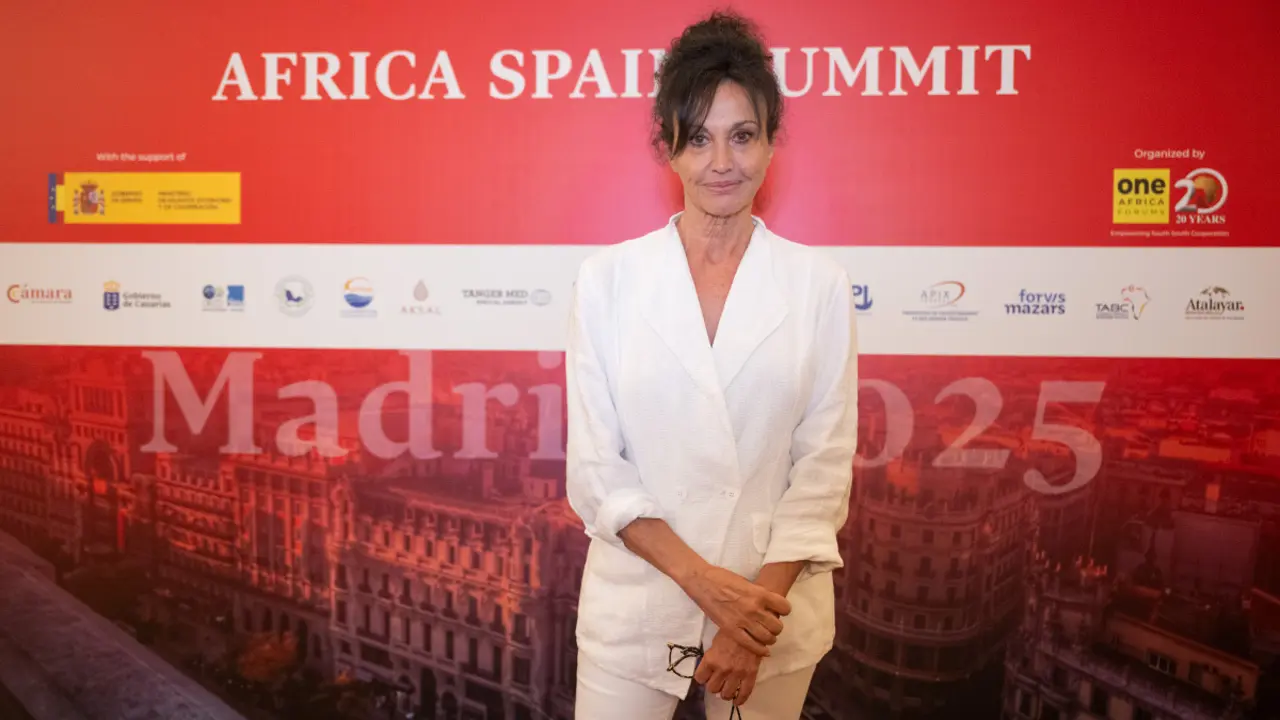Iberdrola completes construction of Spain's first hybrid wind and solar plant

Iberdrola has completed construction in Burgos of the first hybrid wind and solar photovoltaic plant in Spain and is now immersed in the commissioning process.
The company is thus reinforcing its innovative and renewable leadership in the country with the development of this technology, which enables it to optimise the use of the grid and minimise the environmental impact of the projects in the places where they are located.
This 74 megawatt (MW) photovoltaic facility has more than 120,000 photovoltaic modules and is located in the Burgos municipalities of Revilla Vallejera, Villamedianilla and Vallejera to hybridise the existing 69 MW BaCa - Ballestas and Casetona - wind power complex.
Its construction has had an important local component, which has contributed to the revitalisation of the economy and employment in the region. Its development has involved 360 professionals.
The company has allocated more than 40 million euros to the execution of this project, which combines wind and solar energy at a single site.
Iberdrola will be committed to this technology in the coming years in Spain, with which it aims to improve its renewable resources and make the most of existing locations.
CUTTING-EDGE TECHNOLOGY
The incorporation of solar modules increases the contribution of clean, cheap and competitive energy to the electricity system of these facilities and guarantees that they supply the maximum amount of green energy originally authorised for each project for as long as possible.
By having two technologies capable of alternating, dependence on changing environmental conditions and limitations due to possible lack of resources such as wind or sunshine is significantly reduced, facilitating more stable and efficient renewable production.
Hybrid generation plants use the same grid connection point and share infrastructures, such as the substation and the evacuation line for the electricity produced.
In addition, they are located on land that was already used for renewable generation and allow for common roads and facilities for the operation of both technologies. All of this results in a much lower environmental impact than would have been the case with two independent plants.
A NEW ENERGY LANDSCAPE THAT FIXES POPULATION IN RURAL AREAS
Iberdrola promotes renewable energies as an engine for rural development and in this way the villages emerge as a guarantee for the future. This is the case of the villages in Castile and Leon that Iberdrola is promoting and which will contribute to a sustainable recovery, allowing the creation of local employment.
It has recently recognised the best initiatives for the coexistence of renewable energies, nature and people in the first edition of the Iberdrola CONVIVE Awards. The Town Council of Revilla Vallejera was one of those distinguished by the company.
It has also begun construction of the Valdemoro and Buniel wind farms. In the province of Burgos alone, it has recently built or is developing more than 550 megawatts between seven wind farms.
The company is also currently developing two other photovoltaic facilities in the region totalling 400 MW - Velilla and Virgen de Areños III. Last year, it also started up its first photovoltaic plant in the region in the province of Burgos -Revilla-Vallejera (50 MW) and recently completed construction and started work on the commissioning process of the Villarino photovoltaic plant (50 MW) in Salamanca.








